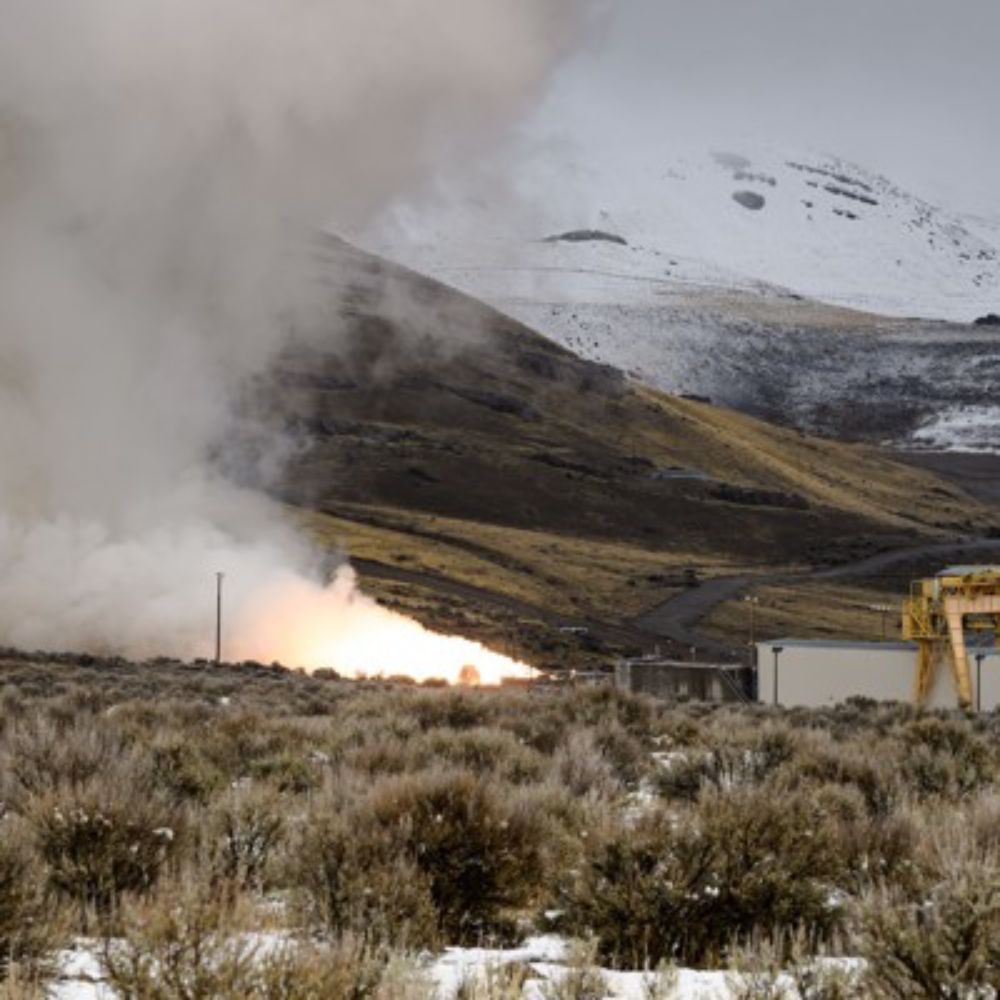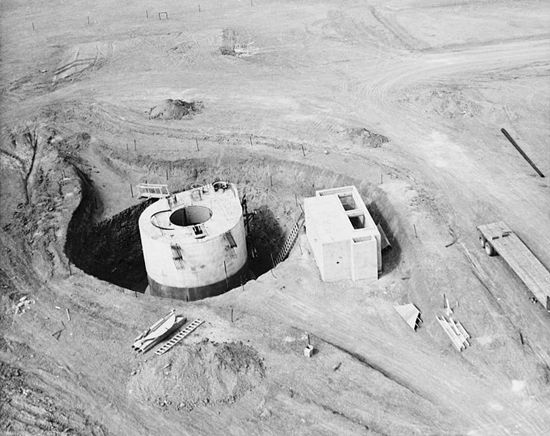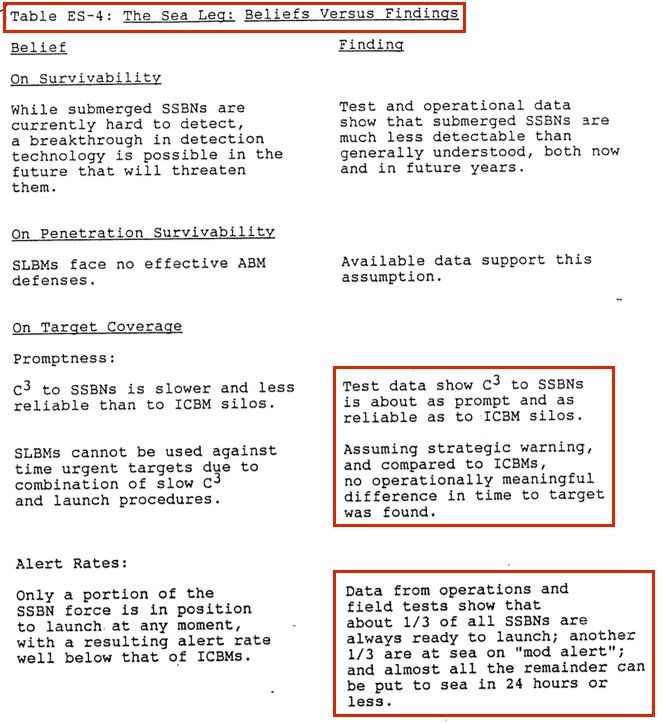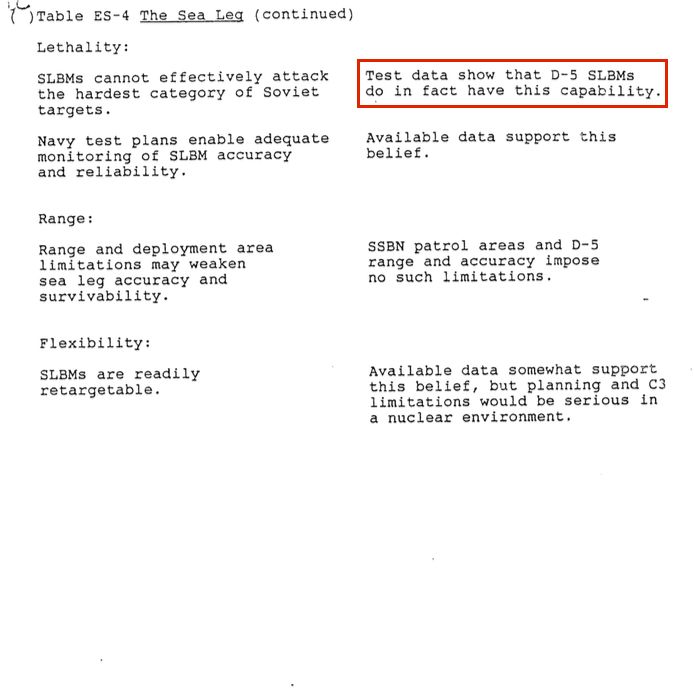In the latest “surprise” development involving the deeply troubled Sentinel ICBM program—which when we last tuned in was a whopping 81 percent over budget and well behind schedule—the Air Force now says it must build 450 new hardened underground silos instead of reusing existing Minuteman III silos.

Sentinel ICBM program needs brand-new silos, Air Force says
One expert says the revelation smacks of “mismanagement and incompetence.”
When Sentinel’s requirements were laid out a decade ago, the plan was to put 400 new missiles in existing (but refurbished) silos, as was done with the MX/Peacekeeper ICBM in the 1980s. This would, we were told, save time and money, making Sentinel less expensive than extending Minuteman’s life.
For what it’s worth, from 1961-64, the Army Corps of Engineers spent $7 billion (in 2025 dollars) building 1,000 silos and 100 launch control centers in Colorado, Missouri, Montana, Nebraska, North Dakota, South Dakota, and Wyoming. USAF would be lucky to build half that number at that cost today.
For reference, each Minuteman silo is buried 120 feet underground, beneath a 100-ton reinforced concrete door. Each launch control facility (controlling 10 missiles) is 60-120 feet underground. And all are interconnected by thousands of miles of buried, continuously-monitored communications cables.
May 6, 2025 18:43Our ICBMs are a Cold War relic, sitting ducks maintained on 24/7 alert (still) which would either have to be launched quickly to avoid destruction or sacrificed to absorb an adversary’s massive first strike (which would blanket much of the United States in dangerously radioactive fallout).

Who Would Take the Brunt of an Attack on U.S. Nuclear Missile Silos?
These fallout maps show the toll of a potential nuclear attack on missile silos in the U.S. heartland
If ICBMs ever made sense, they don’t anymore. In fact, most of our deployed warheads are aboard invulnerable Ohio-class submarines on highly-accurate Trident II D5/LE SLBMs, which with strategic warning can be launched nearly as fast as ICBMs and are routinely deployed much closer to their targets.
Plus, we cannot use our ICBMs against China or North Korea (unless we want to start a global thermonuclear war) because they would have to overfly Russia to get there. And even in the best of times, Vladimir Putin is unlikely to allow that—even if we tell him the missiles are just passing through.








